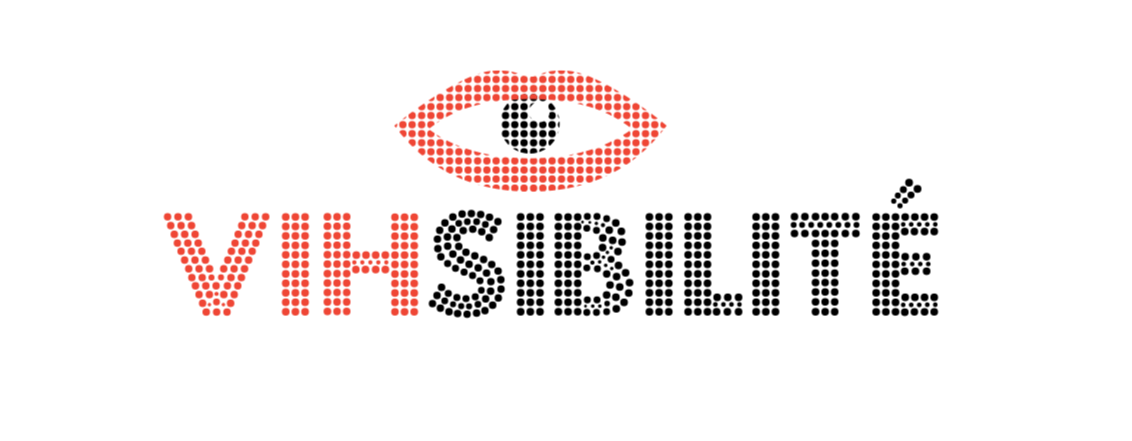
LE PORTE-VOIX
Le PORTE-VOIX currently only exists in French. We describe the PORTE-VOIX in English on this page, but please note that all links lead to French pages. The PORTE-VOIX shares information to accompany in an ethical and supportive way people living with HIV/AIDS (PLHIV) who publicly testify about their experiences.
The Porte-voix aims to share different ethical and solidarity practices in terms of social support among people living with HIV/AIDS who publicly testify about their experiences. It also aims to amplify the voice of witnesses and to promote expertise and community input in the development of social responses to the HIV/AIDS epidemic.
WHAT IS THE PORTE-VOIX ?
The Porte-voix aims to share different ethical and solidarity practices in terms of social support among people living with HIV/AIDS who publicly testify about their experiences. It also aims to amplify the voice of witnesses and to promote expertise and community input in the development of social responses to the HIV/AIDS epidemic.
WHO ARE THE TESTIMONIALS CO-PRODUCERS?
Social worker
Carrying the voice of PLHIV in social intervention means having the concern to strengthen individual strengths and follow individuals’ evolution in their environment. For the most part, the workers work within community organizations whose mandate is to provide social support. As such, the COCQ-SIDA member groups and other community network organizations are driven by goals ofempowerment of the individual, collective claim and advocacy.
Researcher
Carrying the voice of PLHIV in research means using information collection strategies, such as life stories or semi-structured interviews through which the individual is asked to tell their personal story to generate a corpus data to study. This information is archived, processed and analyzed, to then be returned and shared in scientific circles and associations.
Journalist
Raising the voice of PLHIV in the journalistic environment means wanting to inform the public through the objectives of the accuracy of the information collected and journalistic impartiality. Moreover, the dissemination of testimony in the form of interview excerpts is often limited by space and time constraints.


